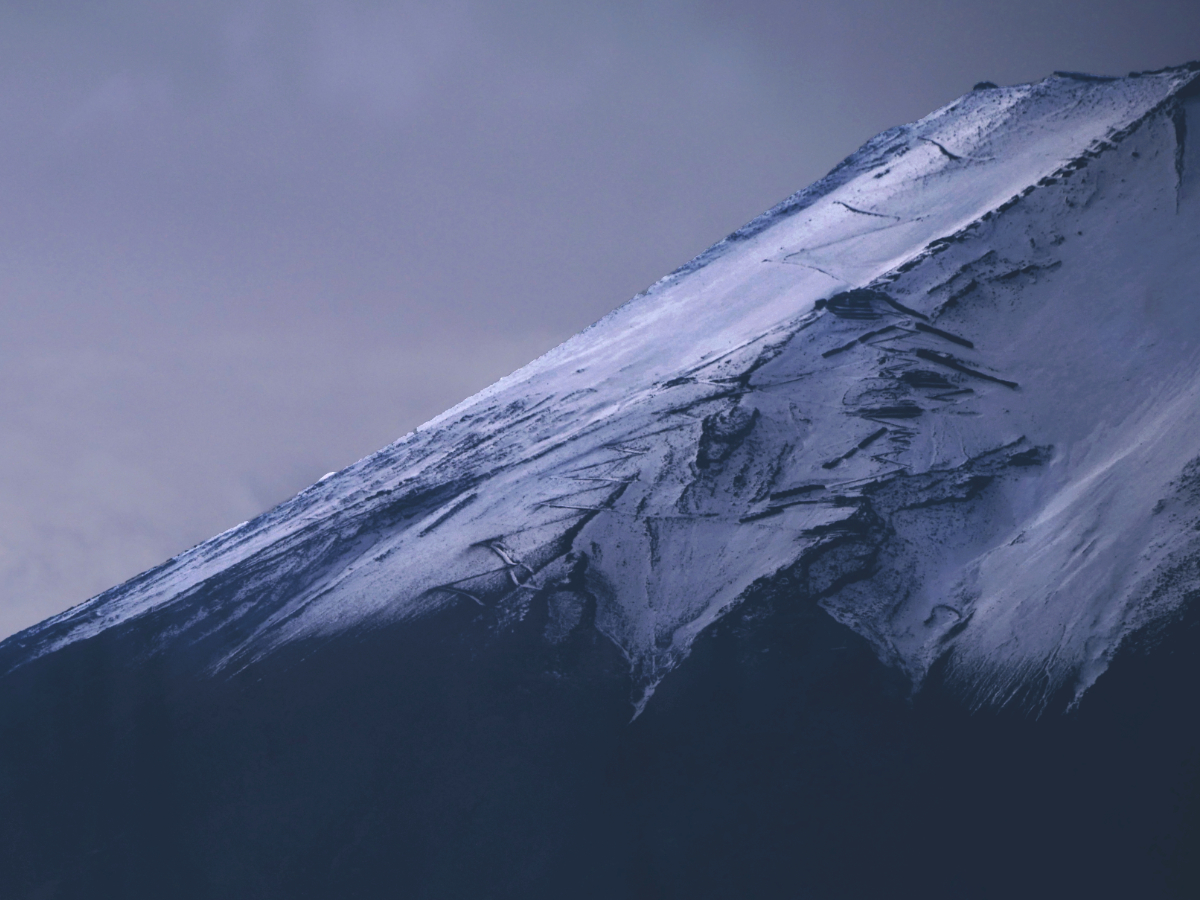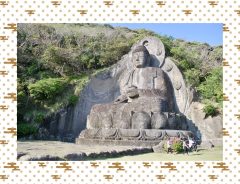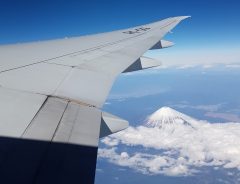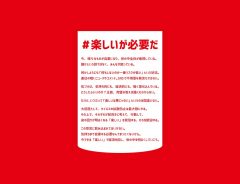
Source: Photo shared with permission by Connie Sceaphierde
Mount Fuji climbing trails reopen to the public on Yamanashi side
- Tags:
- coronavirus / Hiking / Mt. Fuji
Related Article
-

A day trip to Nokogiriyama
-

Japan now has “coronavirus-fighting” beer, Amabie IPA, with a label by “Moyasimon” creator Masayuki Ishikawa
-

Take a closer look at Mt. Fuji with this unique sightseeing flight (Go to Travel)
-

The difficulty of teleworking when you have cats
-

Coronavirus pandemic: thermometers and batteries in short supply
-

Fun is not canceled: a message of solidarity from Japanese artists and event organizers


A little over a year ago, we found ourselves announcing a strange situation; Mount Fuji, Japan’s tallest mountain and the country’s highest point was to keep it’s trails closed during the climbing season in order to help curb the spread of COVID-19. Of course with the narrow paths of the mountain being an ideal location for an escape from the strict anti-virus rules in the cities, closing the trails was understandably the only option to ensure the mountain did not become a hotbed for the coronavirus.
Normally the mountain draws in around 200,000 to 300,000 eager climbers aiming for the peak, but with the closures of the trails, 2020 saw the mountain taking a much needed break from the endless pounding of hiking poles and walking boots.
It’s now been 2 years since the trails on Mount Fuji last opened, but finally, things are starting to get back to normal, and it’s safe to say the mountain is back open for business with the Yamanashi side opening up the Yoshidaguchi trail from 1 July 2021. However, like with all things opening back up, Mount Fuji is not without a new set of rules and regulations.
Photo shared with permission by Connie Sceaphierde
The trail opened up on 1 July 2021, and will run it’s usual course through to 10th September, but with the following infection prevention measures in place.
To begin with, climbers will need to stop by the parking lot of the Fuji-Subaru Skyline 5th Station, where they will be expected to fill in a registration form, physical condition check sheet and have their temperature taken. Climbers will only be able to continue up the mountain after completing these forms and staff deem them fit and healthy enough to do so.
Temperatures and physical conditions will be checked again at the next two stations along the trail.
Additionally, the huts on the mountain where climbers can take a break and have something to eat have put new rules in place. If climbers want to take a break at one of these pit stops this year, an advanced booking is required. On top of that, the huts will only be accepting half of their usual capacity during this climbing season in order to ensure intervals between guests. They will also be implementing virus prevention measures such as installing partitions to separate guests, and ensuring constant air flow with increased ventilation.
Since Mount Fuji was registered as a World Heritage Site back in 2013, UNESCO advisors have pointed out issues of overcrowding on the mountain, this means there may be a strong possibility that measures like these will remain in place long after we see the back of COVID-19.
The opening up of the trail was only decided upon following agreements between local prefectures, mountain huts and related organisations. The measurements put in place are made to ensure climbers can reach the peak with a peace of mind and to decrease the chances of infection being spread along the trail.
Yamanashi’s trail is the first of four main climbing routes to open up since the start of COVID-19, but if all goes well, we might expect the others to follow suit.
If you are heading up the mountain this year, then we wish you the best of luck and hope that bagging the peak brings the sense of achievement that you deserve after such a long and uncertain year. If you’re heading up next year, keep in mind that there have been talks of implementing a mandatory climbing fee on the mountain, which will be put in place to cover costs such as keeping mountain huts up to date, ensuring the safety along trail routes, keeping aid stations running and the costs of general mountain conservation.